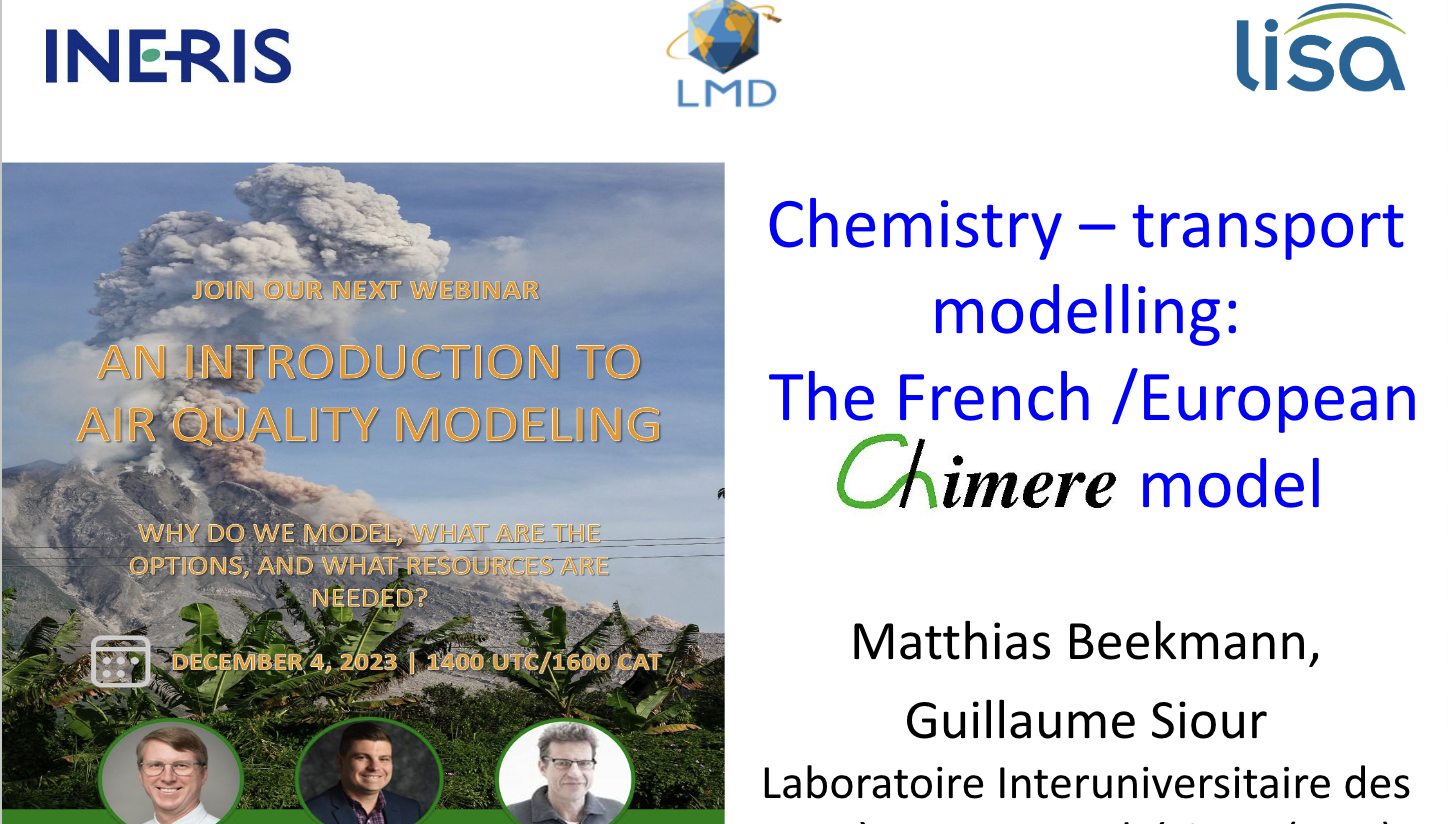Introduction To air quality modeling
What is chemistry-transport modelling ?. By answering these questions, Webinar will cover the basics of air quality and atmospheric modeling, including the different types of models, how they work, and how they are used.
Speakers
Peter Adams (Carnegie Mellon University)
Prof. Allison Hughes, Coordinator for Afri-SET at KCRC
Matthias Beekmann (Univ of Paris Creteil)
JDan Westervelt (Columbia University)
This video is about air quality modeling. The speaker, Peter, starts the presentation with some basic concepts of air quality modeling. He talks about the two main reasons for doing air quality modeling: to explain the observed concentrations of pollutants and to do what-if scenarios to see how emissions changes would affect air quality.
Peter then goes into more detail about the different types of air quality models. He describes chemical transport models (CTMs), which are the most rigorous and flexible type of model but also the most computationally intensive. He also talks about Gaussian dispersion models, which are simpler and less computationally intensive but are not as accurate as CTMs.
The speaker then discusses the use of air quality models in Africa. He mentions that there are a number of challenges to using air quality models in Africa, such as the lack of data and the limited computing resources. However, he also highlights the potential of air quality models to improve air quality in Africa. Finally, Peter concludes the presentation by talking about the future of air quality modeling. He says that there is a lot of interest in developing new types of air quality models that are more accurate and easier to use. He also says that there is a need for more data and computing resources to support air quality modeling in Africa.
Here are some of the key points from the webinar:
Air quality modeling is used to explain observed concentrations of pollutants and to do what-if scenarios.
There are different types of air quality models, each with its own advantages and disadvantages.
There are challenges to using air quality models in Africa, but there is also great potential.
The future of air quality modeling is in developing new models that are more accurate and easier to use.
Please checkout these attachments
AFRI-SET_Beekmann_CTM_CHIMERE_pptx
Afri-SET ...

Click to download